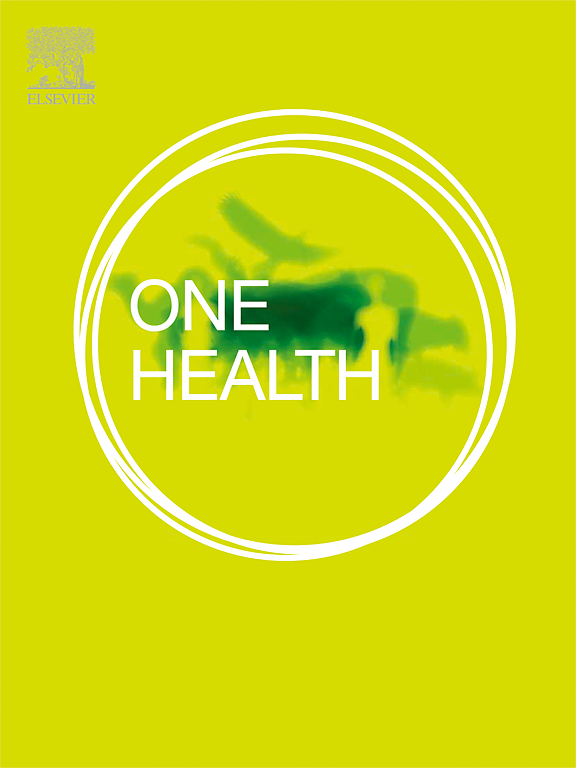Structure, conservation and health implications of urban wild meat value chains: A case study of Lagos, Nigeria
IF 4.1
2区 医学
Q1 INFECTIOUS DISEASES
引用次数: 0
Abstract
Urban wild meat value chains represent a vital source of protein and livelihood intertwined with culture and complex market systems. Against the backdrop of escalating zoonotic disease concerns linked to wild meat, this research aimed to unravel the structure, governance, species composition and actor characteristics of the wild meat value chain in Lagos, Africa's most populated city. We employed a cross-sectional study design incorporating qualitative and quantitative approaches. Interviews (n = 22) were conducted and structured questionnaires were administered to participants (n = 257) across 15 sites in Lagos. Participants' activities were also observed, and field notes were taken. Descriptive statistics and inductive thematic approach were used for data analysis. Findings revealed five main value chain nodes: hunter, processor, wholesale, retail and consumer; and five major geographical areas from which wild meat flowed into the city. Governance structures showed a blend of informal and formal mechanisms sustained through trust, cultural beliefs and informal regulations. The main motivation was income (88.1 %), and period of optimum activity was at night times (53 %) during the dry season (≥ 62 %). Women (62.2 %) dominated the value chain, prevalent at the wholesaler (61.7 %), processor (89.7 %) and retailer (83 %) nodes. Hunters (40 %) were able to supply wild meat directly to consumers, and the large-scale retailers (26 %) were responsible for exportation of wild meat. A total of 35 species were traded in the value chain, and the most commonly traded species were: grasscutters, duikers, porcupines, and giant-pouched rats (≥90.7 % participants). Pottos, buffalos, tortoises and house snakes were the least traded (≤ 7.0 % participants). This study provides an understanding of Lagos wildlife trade from a value chain perspective, paving the way for interventions to address wildlife conservation challenges and spillover risks. Species traded in the value chain have been globally reported as reservoirs of zoonotic pathogens, representing a source of zoonotic spillover risks to actors. Also, the ability of hunters to supply wild meat directly to consumers signals an increase in the speed of zoonotic pathogen spread, and portends a greater risk for public health. Formal governance should be integrated into the value chain to aid effective monitoring and regulation. Conservation and public health interventions should be node-specific and gender-sensitive, targeting the dry seasons when actors' activities peak, and risks of human-wild meat contact are greater. There is need for the re-assessment of the conservation statuses of West Africa's wildlife species to reflect current realities foisted by wild meat trade.
求助全文
约1分钟内获得全文
求助全文
来源期刊

One Health
Medicine-Infectious Diseases
CiteScore
8.10
自引率
4.00%
发文量
95
审稿时长
18 weeks
期刊介绍:
One Health - a Gold Open Access journal.
The mission of One Health is to provide a platform for rapid communication of high quality scientific knowledge on inter- and intra-species pathogen transmission, bringing together leading experts in virology, bacteriology, parasitology, mycology, vectors and vector-borne diseases, tropical health, veterinary sciences, pathology, immunology, food safety, mathematical modelling, epidemiology, public health research and emergency preparedness. As a Gold Open Access journal, a fee is payable on acceptance of the paper. Please see the Guide for Authors for more information.
Submissions to the following categories are welcome:
Virology,
Bacteriology,
Parasitology,
Mycology,
Vectors and vector-borne diseases,
Co-infections and co-morbidities,
Disease spatial surveillance,
Modelling,
Tropical Health,
Discovery,
Ecosystem Health,
Public Health.
 求助内容:
求助内容: 应助结果提醒方式:
应助结果提醒方式:


